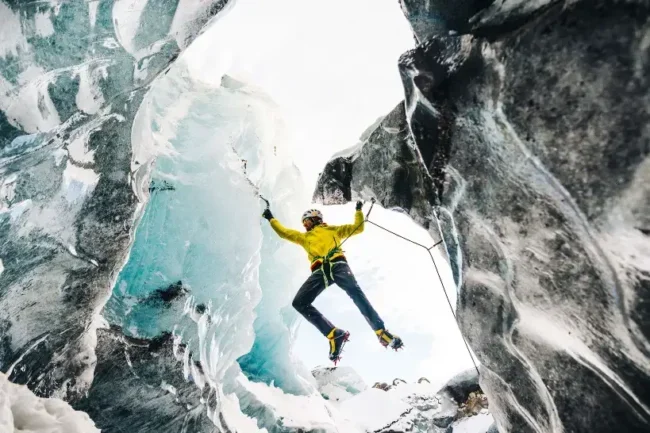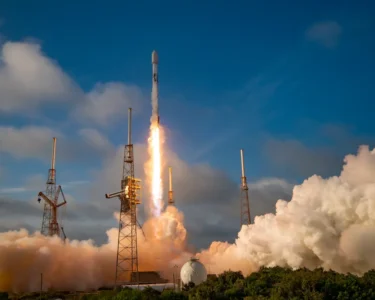Adventure travel, a form of tourism, entails exploration or travel accompanied by a certain level of risk, whether real or perceived. It often demands special skills and physical exertion. Over recent decades, there has been a growth in adventure tourism in the United States, driven by tourists seeking unconventional or off-the-beaten-path vacations. However, the absence of a distinct operational definition has posed challenges in measuring market size and growth. As per the Adventure Travel Trade Association based in the U.S., adventure travel encompasses any tourist activity involving physical engagement, cultural exchange, and connection with outdoor activities and nature.
Adventure tourists often seek to attain mental states characterized by a sense of rush or flow, typically achieved by stepping outside their comfort zones. This may involve experiencing culture shock or engaging in activities requiring significant effort and some level of risk, whether real or perceived, along with potential physical danger. Examples of such activities include mountaineering, trekking, bungee jumping, mountain biking, cycling, canoeing, scuba diving, rafting, kayaking, zip-lining, paragliding, hiking, exploring, Geocaching, canyoneering, sandboarding, caving, and rock climbing. More unconventional forms of adventure travel include disaster and ghetto tourism. Additionally, emerging trends in adventure travel encompass social and jungle tourism.
The accessibility of inexpensive consumer technology, particularly Global Positioning Systems (GPS), flashpacking, social networking, and photography, has significantly contributed to the global interest in adventure travel. The rise of specialist travel websites offering information about previously niche locations and sports has also fueled the growing popularity of independent adventure travel.
Traditionally, adventure sports tourism has been dominated by men. Although there has been an increase in women’s participation, a noticeable gender gap still exists in terms of quantitative engagement in these forms of sport tourism. Interestingly, in competitive adventure sport tourism, the success rate of females currently surpasses that of males.







